Sale 2549 - Lot 19
Additional Images
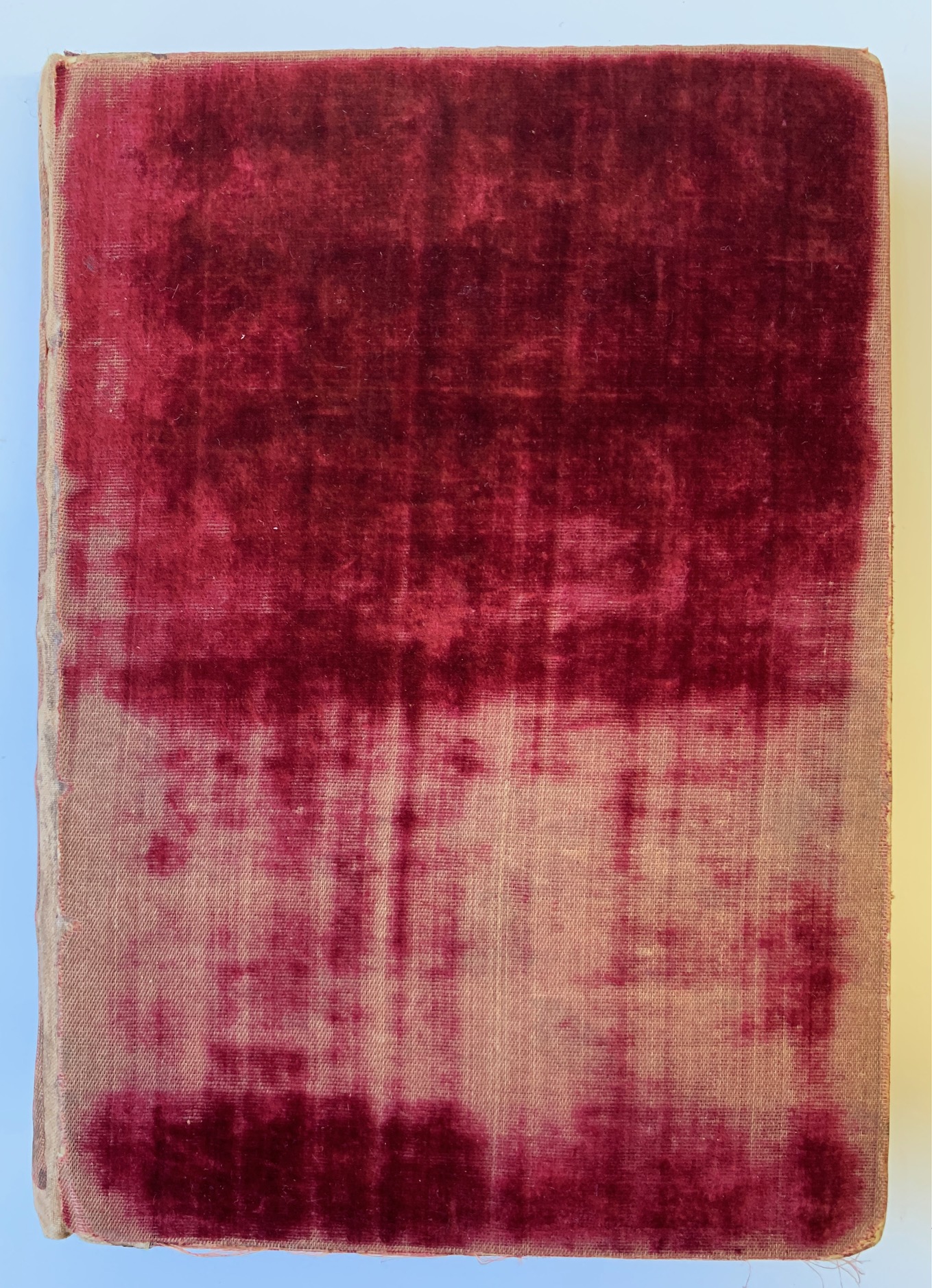

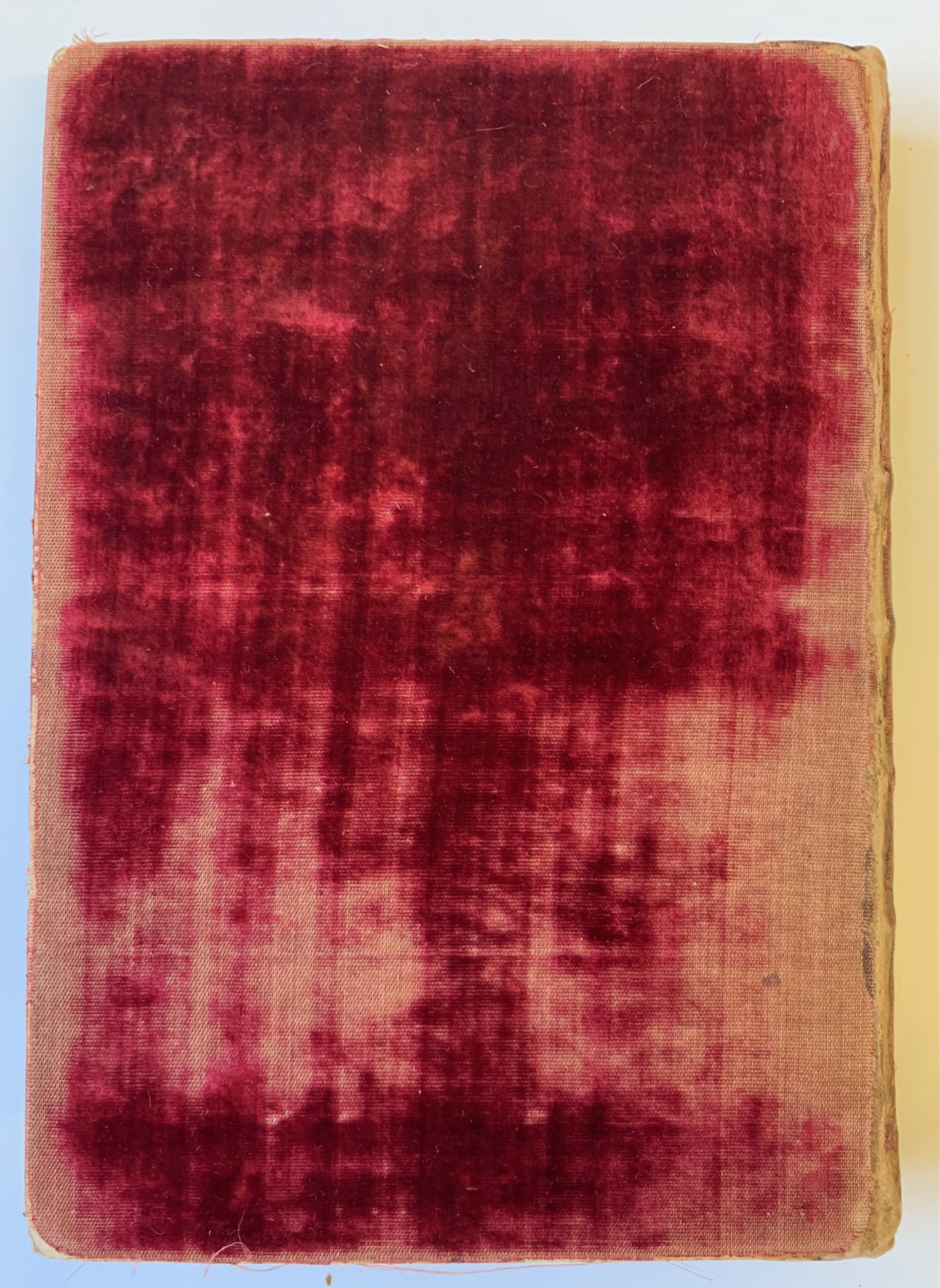
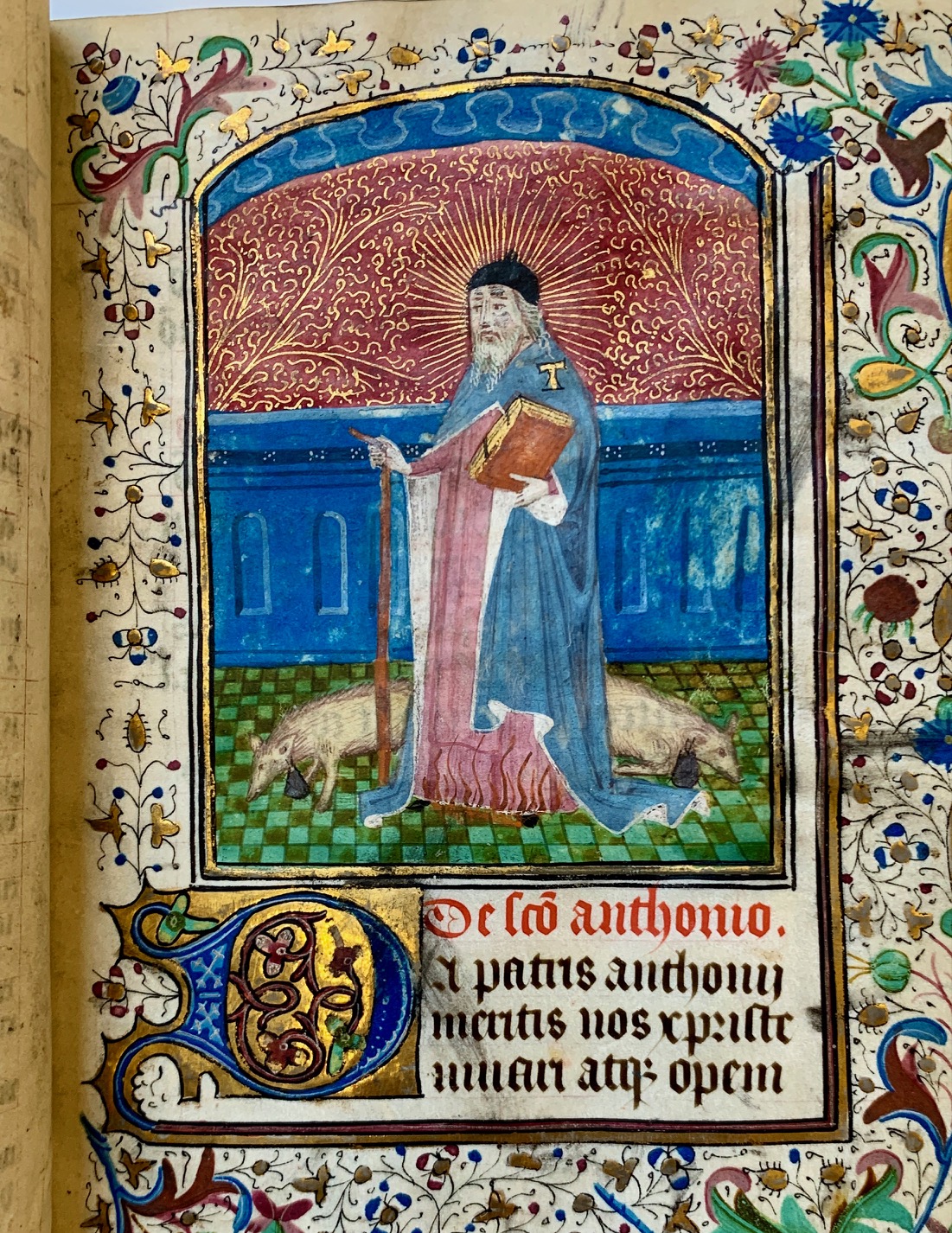
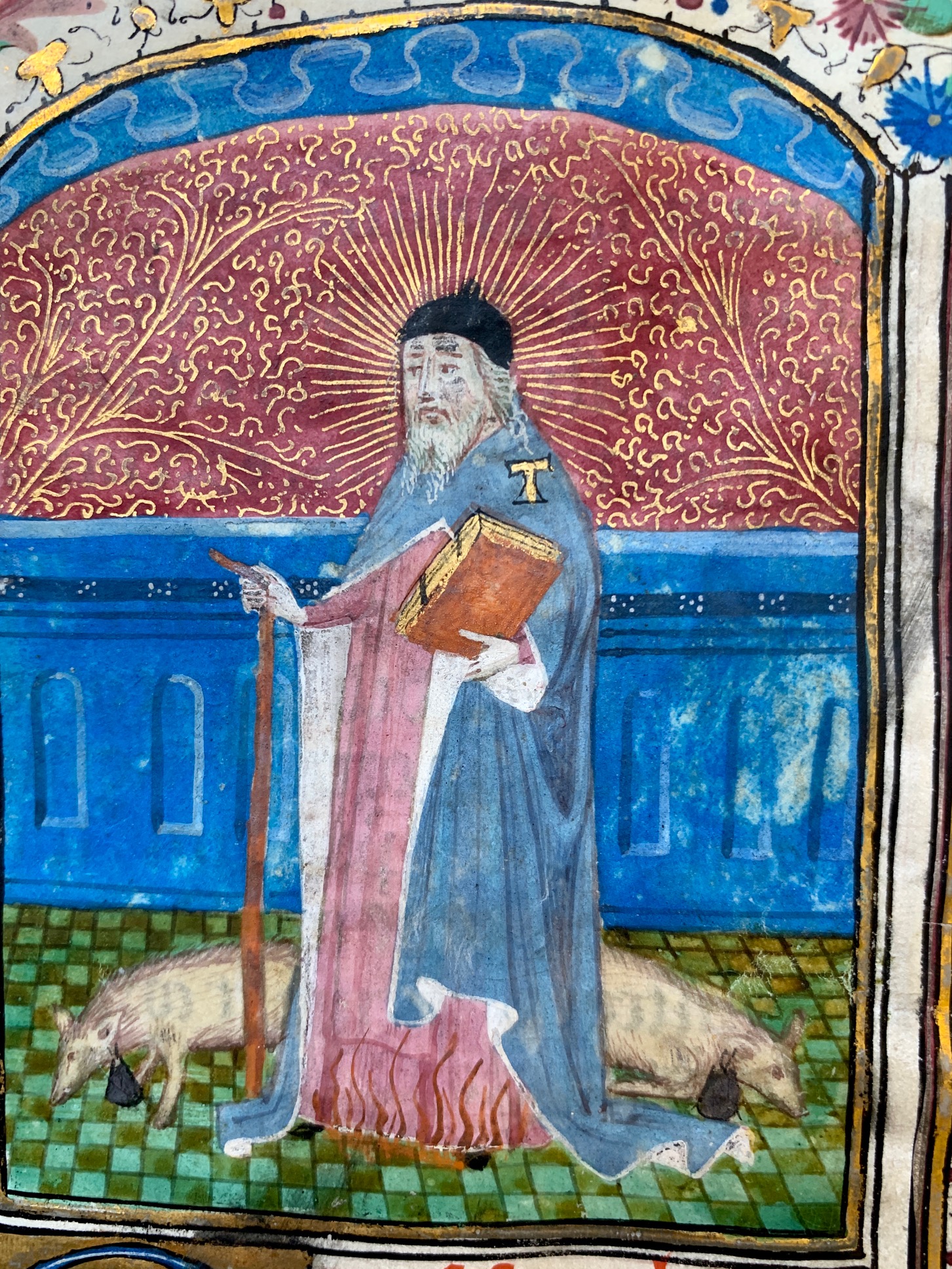
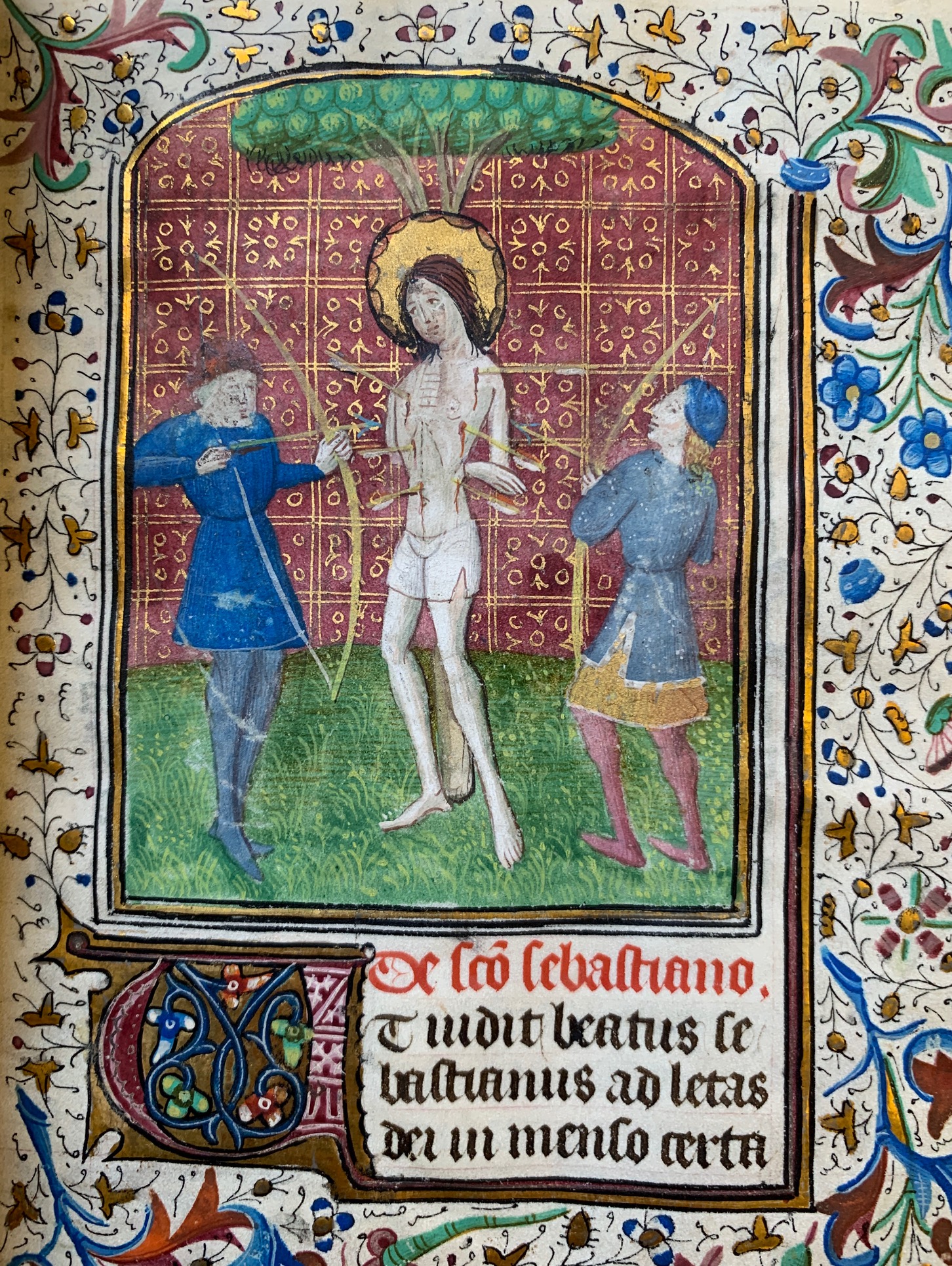
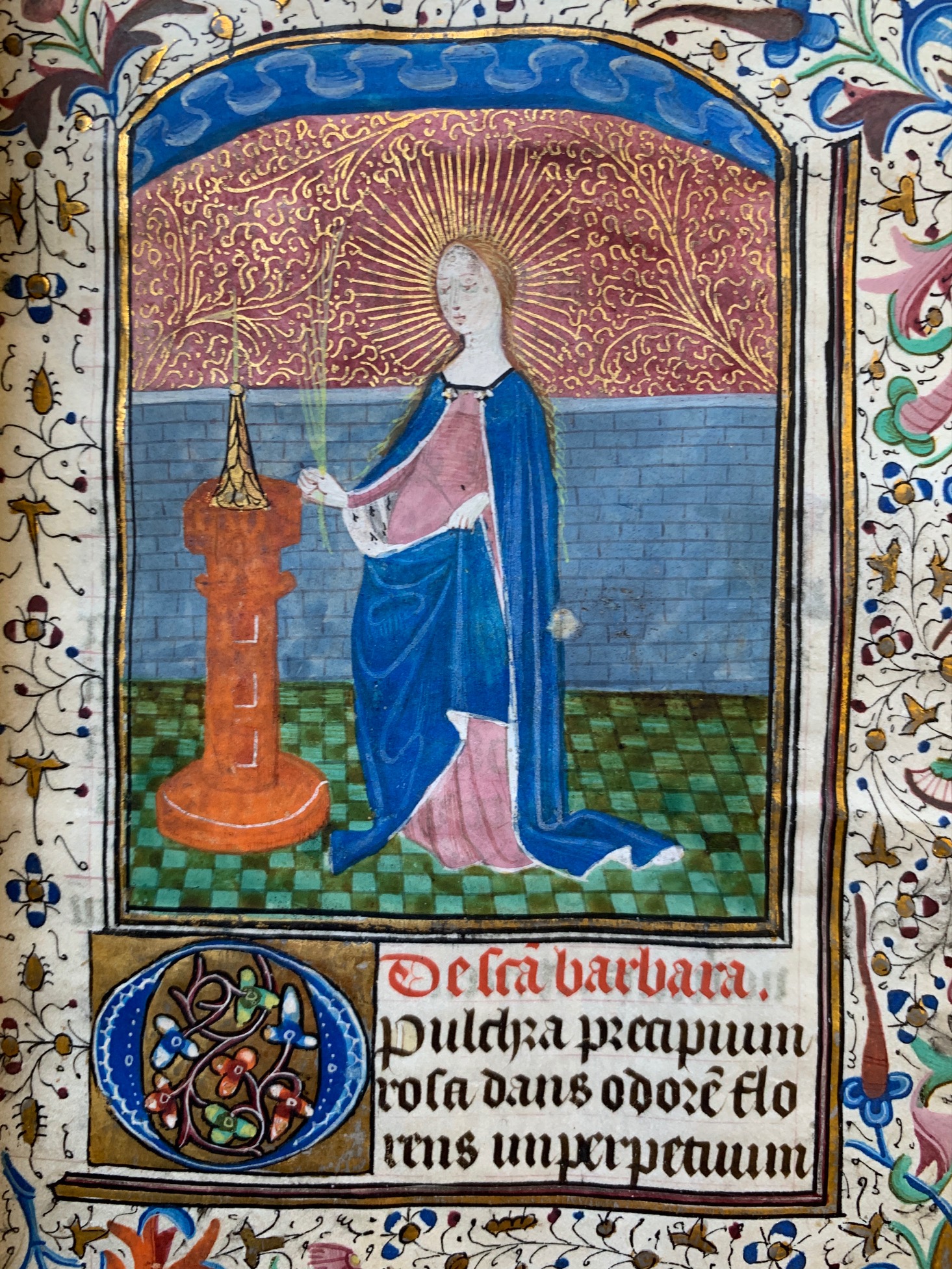
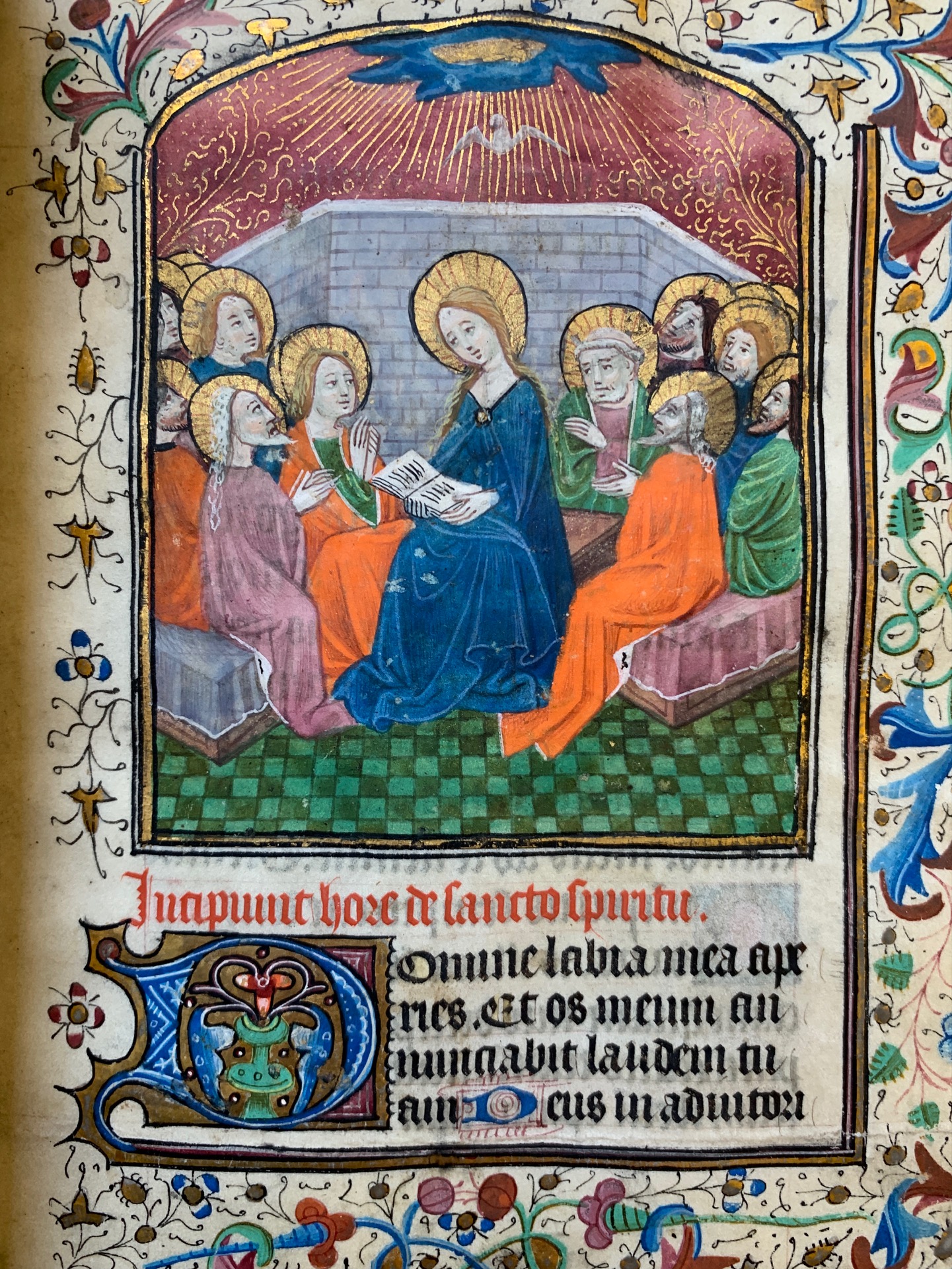
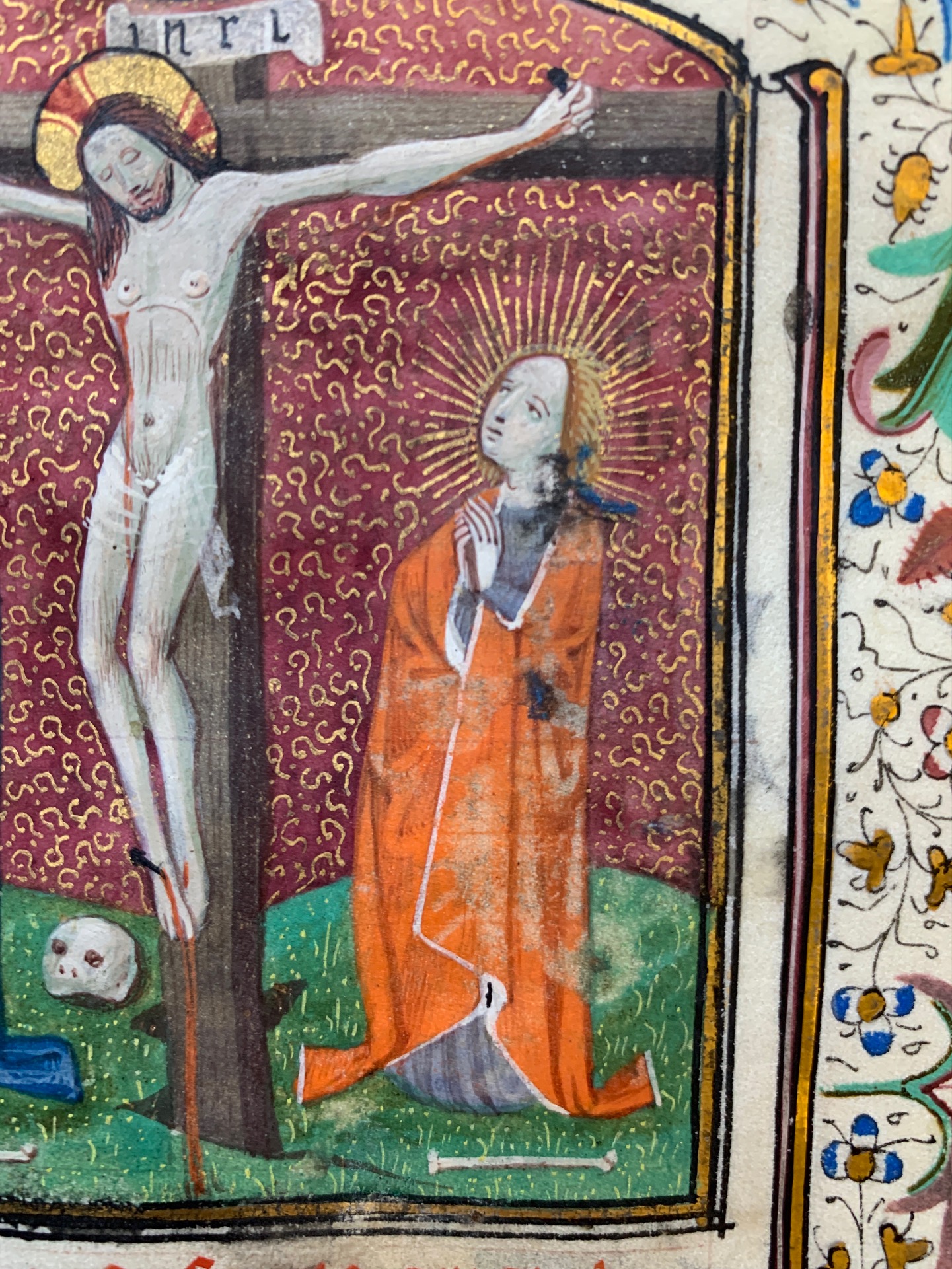
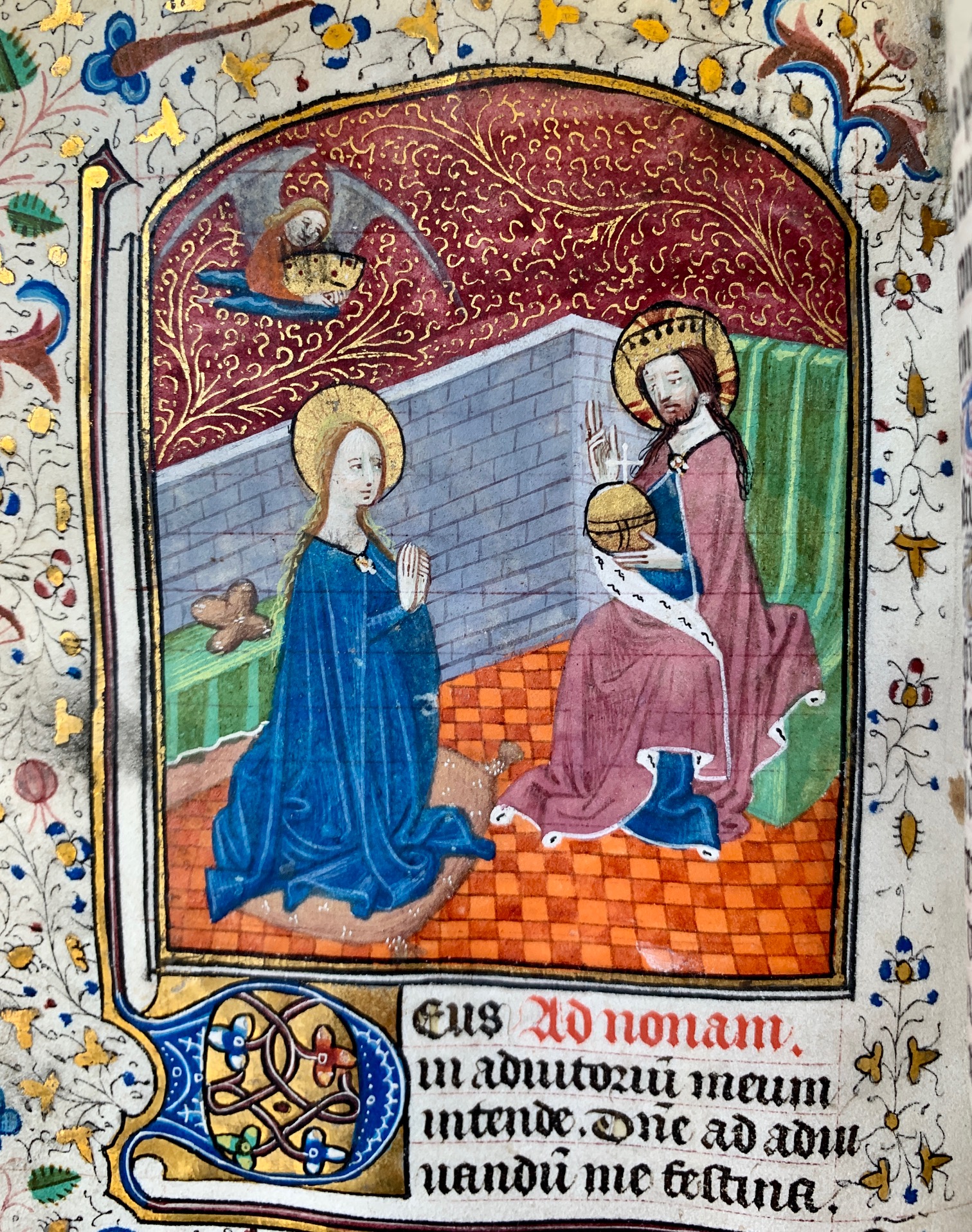
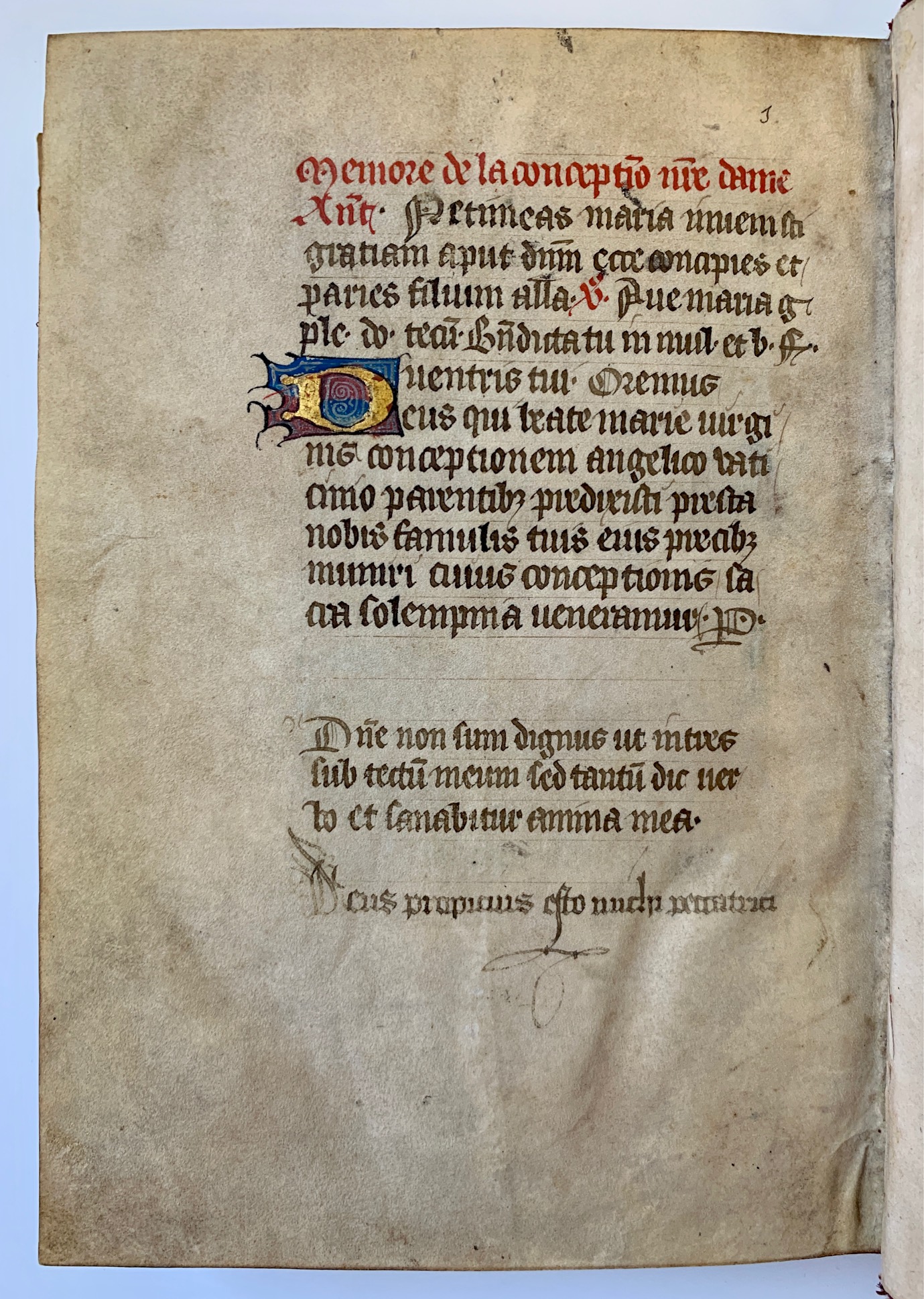
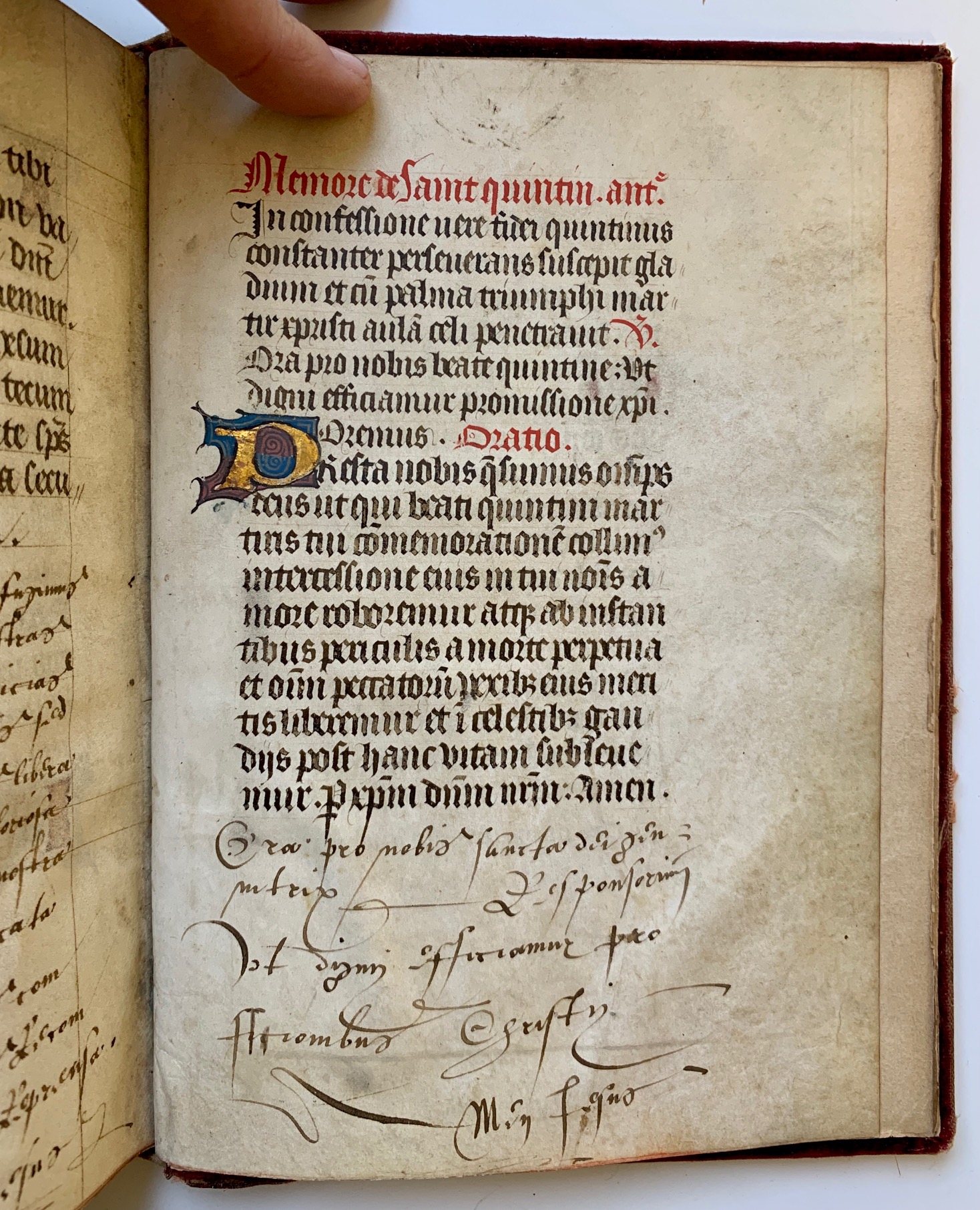
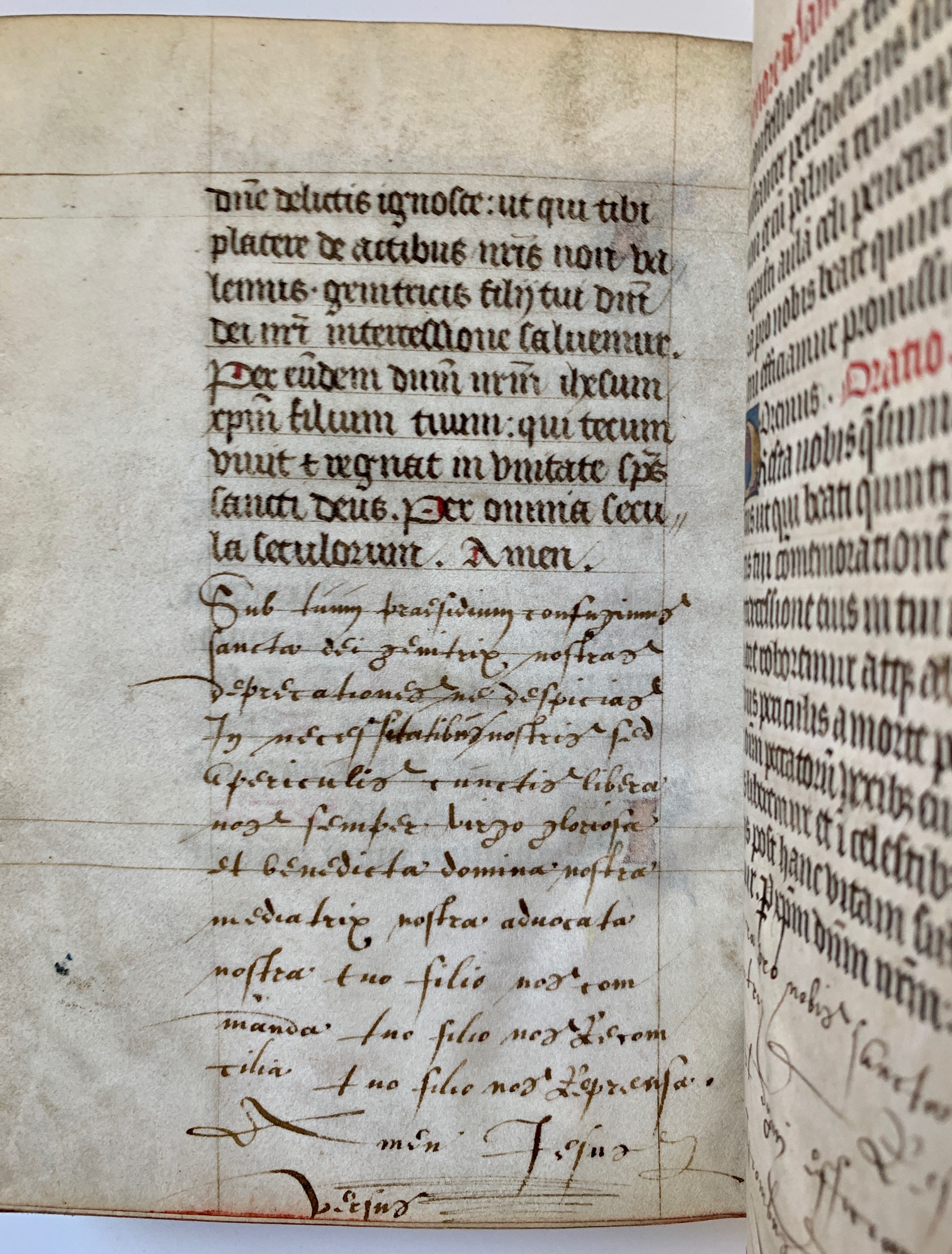
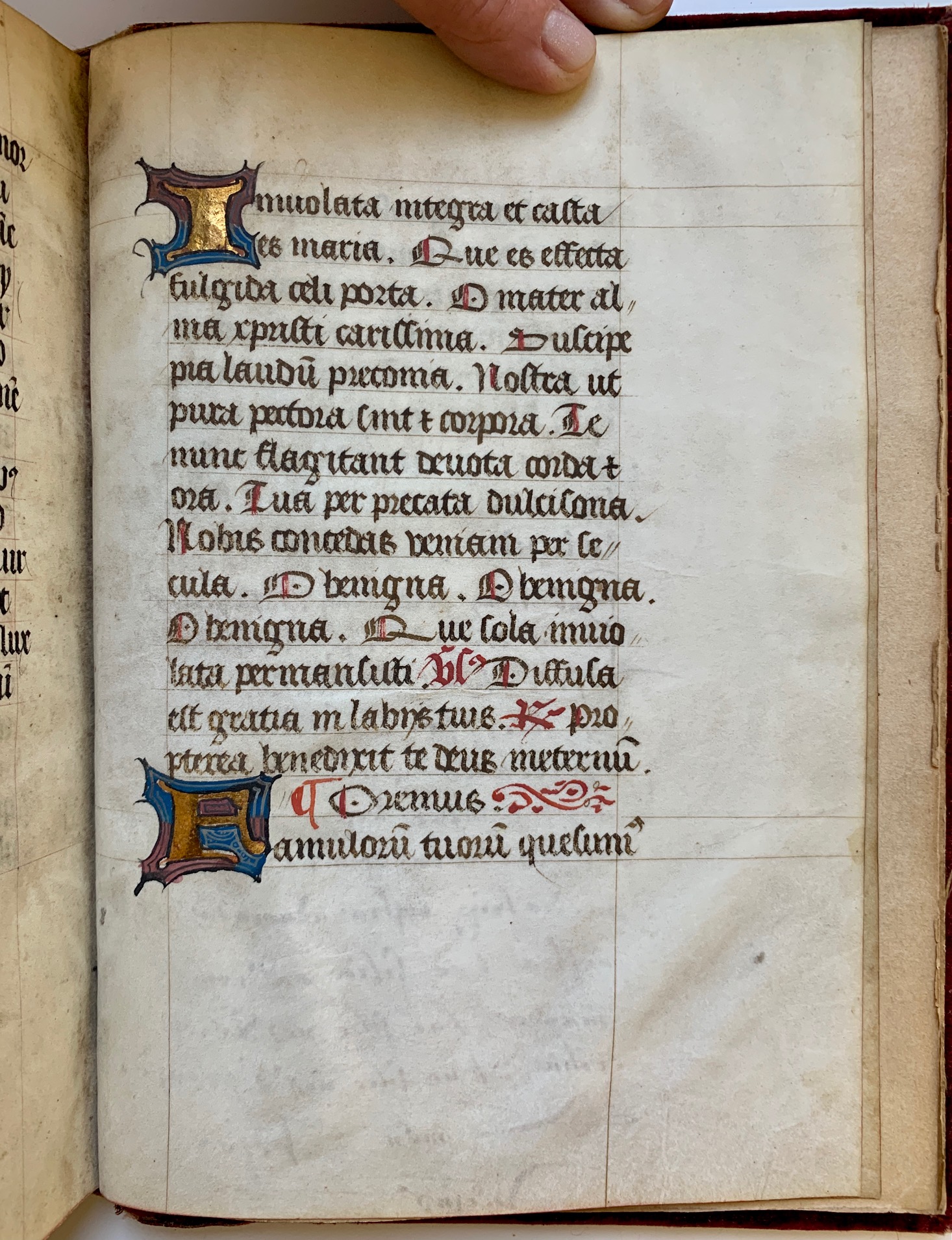
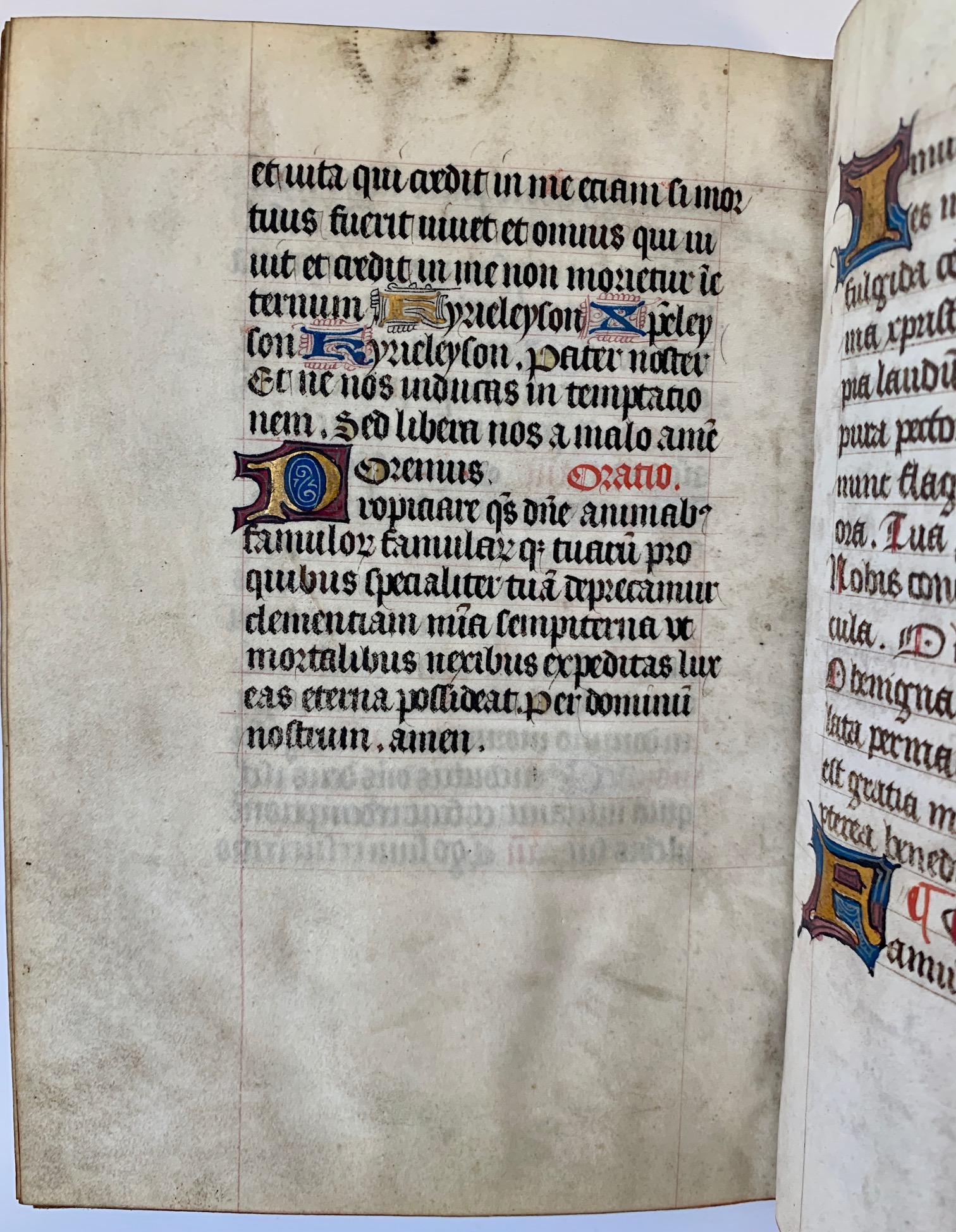
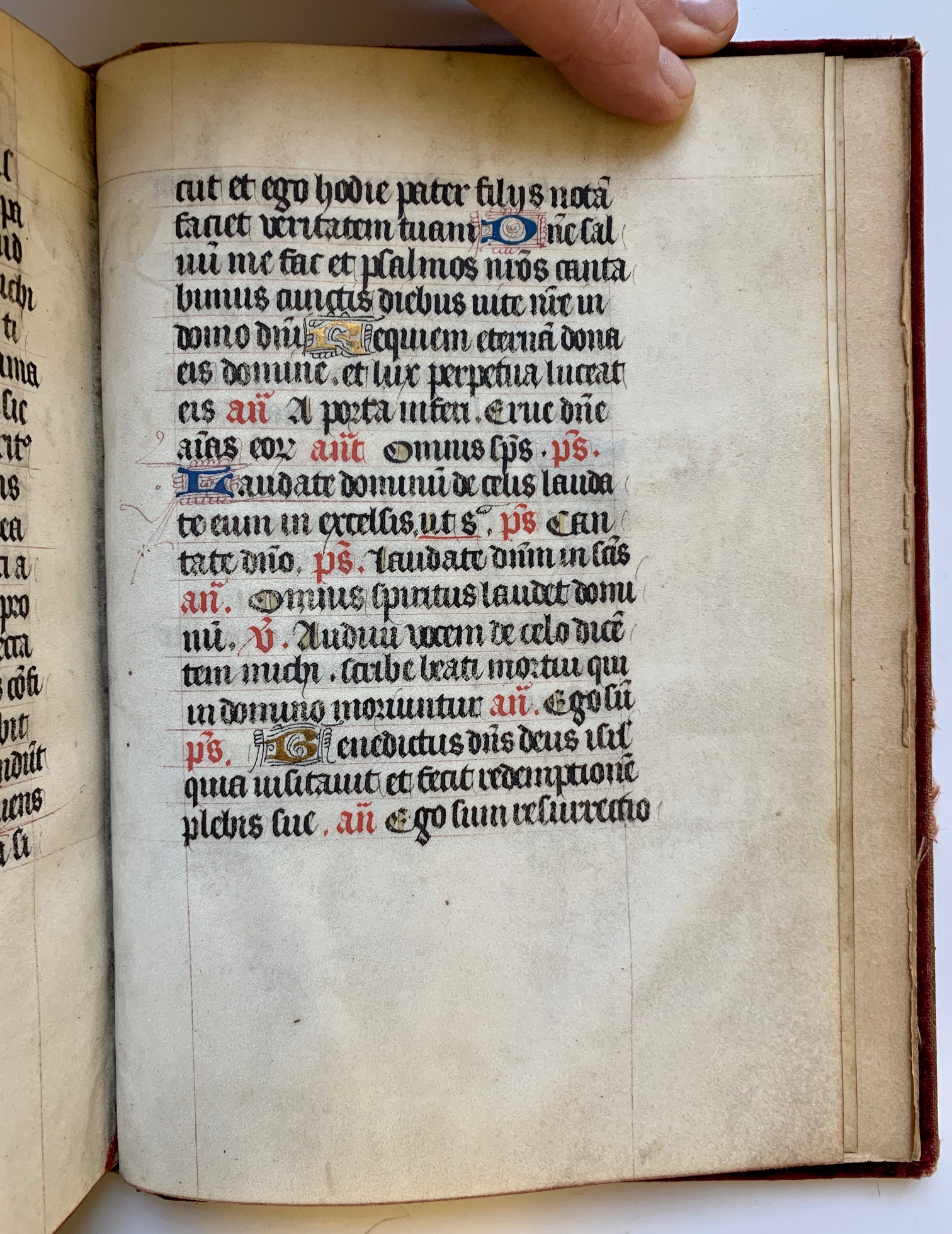
16
















Sale 2549 - Lot 19
Estimate: $ 15,000 - $ 25,000
Book of Hours with Illuminated Miniatures.
France, mid-15th century.
Quarto format manuscript in Latin on parchment, eighty-six leaves; Use of Rome, decorated with sixteen large full page miniatures depicting: 1) Saint Anthony the Great [7r], 2) Saint Sebastian [8r], 3) Saint Barbara [9r], 4) the Pentecost [11r], 5) Crucifixion [14r], 6) Virgin and Child [16v], 7) Anunciation [24v], 8) Visitation [32r], 9) Holy Family [39v], 10) Anunciation to the Shepherds [42v], 11) Adoration of the Magi [45r], 12) Coronation of the Virgin [47v], 13) Presentation in the Temple [50r], 14) Flight into Egypt [54r], 15) Last Judgment [57r], and 16) Funeral Service [73v]; each painting framed in an arch-topped compartment surrounded by entwining trailing vines with leaves, branches, fruits, and flowers in red, green, blue, pink, yellow, and gilt, with large four-line gilt decorated intials, text in a gothic hand, eighteen lines per page, text within ink rules; bound in older red velvet, neatly rebacked, housed in a custom folding box, 7 3/4 x 5 1/2 in.
Beautiful larger format illuminated Book of Hours, with several leaves of later supplementary prayers at the end, including prayers to Saint Quentin, possibly tying the manuscript to Amiens, France. "[Books of Hours] were not for monks or for university libraries but for ordinary people. They are small and usually prettily decorated books. They were intended to be held in the hand and admired for their delicate illumination rather than put on a library shelf and used for their text. They still appeal enormously to bibliophiles. A Book of Hours is almost the only medieval work of art which a moderately wealthy collector today can still hope to own." (Christopher De Hamel, A History of Illuminated Manuscripts, London: Phaidon, 2006, page 168ff.)
France, mid-15th century.
Quarto format manuscript in Latin on parchment, eighty-six leaves; Use of Rome, decorated with sixteen large full page miniatures depicting: 1) Saint Anthony the Great [7r], 2) Saint Sebastian [8r], 3) Saint Barbara [9r], 4) the Pentecost [11r], 5) Crucifixion [14r], 6) Virgin and Child [16v], 7) Anunciation [24v], 8) Visitation [32r], 9) Holy Family [39v], 10) Anunciation to the Shepherds [42v], 11) Adoration of the Magi [45r], 12) Coronation of the Virgin [47v], 13) Presentation in the Temple [50r], 14) Flight into Egypt [54r], 15) Last Judgment [57r], and 16) Funeral Service [73v]; each painting framed in an arch-topped compartment surrounded by entwining trailing vines with leaves, branches, fruits, and flowers in red, green, blue, pink, yellow, and gilt, with large four-line gilt decorated intials, text in a gothic hand, eighteen lines per page, text within ink rules; bound in older red velvet, neatly rebacked, housed in a custom folding box, 7 3/4 x 5 1/2 in.
Beautiful larger format illuminated Book of Hours, with several leaves of later supplementary prayers at the end, including prayers to Saint Quentin, possibly tying the manuscript to Amiens, France. "[Books of Hours] were not for monks or for university libraries but for ordinary people. They are small and usually prettily decorated books. They were intended to be held in the hand and admired for their delicate illumination rather than put on a library shelf and used for their text. They still appeal enormously to bibliophiles. A Book of Hours is almost the only medieval work of art which a moderately wealthy collector today can still hope to own." (Christopher De Hamel, A History of Illuminated Manuscripts, London: Phaidon, 2006, page 168ff.)





